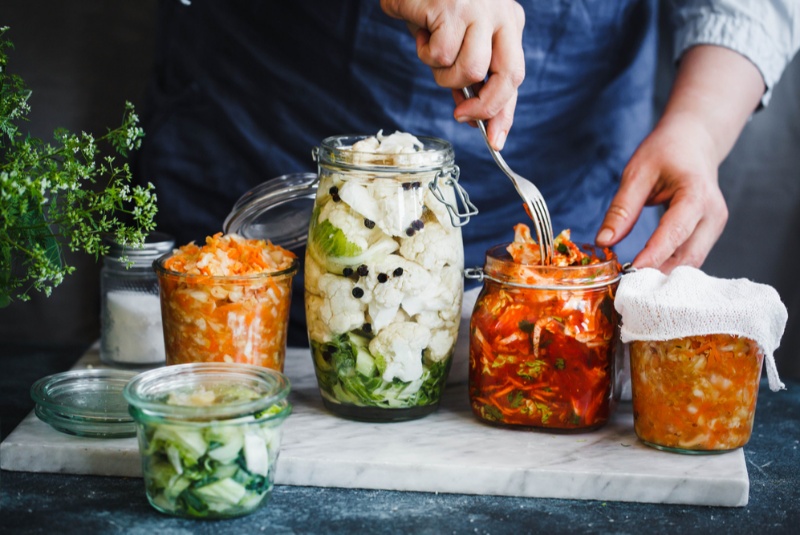In today's economy, saving money has become a fundamental necessity for households worldwide. Simultaneously, environmental concerns such as food waste continue to escalate, exacerbating climate change and resource scarcity. Fortuitously, these two challenges have an intersecting solution: reducing food waste can significantly save money. This article provides a practical guide on how to cut costs by minimizing food waste.
Firstly, the importance of planning cannot be overstated. Before grocery shopping, create a detailed meal plan for the week. Identify the ingredients needed for each meal and generate a precise shopping list. This strategy ensures you only buy what you need, reducing the risk of food spoiling before you have a chance to consume it. Moreover, try to plan for meals that use overlapping ingredients to further reduce waste.
Next, understanding and managing your pantry is crucial. Organize your pantry, refrigerator, and freezer in a way that you can easily see what you have. Store food correctly to extend its life: for example, certain fruits and vegetables should not be stored together due to the gases they emit, which can hasten spoilage. Learn to interpret "sell by," "use by," and "best before" dates as guidelines, not as hard and fast rules, as many foods are safe to eat beyond these dates.
Consider employing the concept of a “first in, first out” system. Arrange your food so that older items are at the front, making it more likely that they will be consumed before going bad. This method aids in reducing spoilage and ensuring food items are used before they expire.
Leftovers are often overlooked gems in reducing food waste. Instead of throwing away leftovers, transform them into a new meal. For instance, use the roast chicken from last night in a salad for lunch, or blend overripe fruits into a nutritious smoothie. Also, remember that freezing leftovers can be a lifesaver when you need a quick meal and have no time to cook.
Moreover, implementing a “zero waste” mentality can make a significant difference. This mindset implies using every part of an ingredient as much as possible. For instance, vegetable scraps can be boiled down to make flavorful broths, and stale bread can be whizzed up into breadcrumbs for future recipes. This approach not only reduces waste but also aids in getting the most value out of your food purchases.

Learning to preserve food can also cut down on waste. Freezing, pickling, canning, and drying are all methods to extend the life of various foods. For example, if fruits or vegetables are about to turn bad, you can freeze them for use in future meals or bake them into pies and bread. Berries can be frozen and used later in smoothies or desserts, and herbs can be dried or frozen in ice cube trays with olive oil or water to add to dishes as needed.
Last but not least, try growing your own food. Even if you don't have a lot of space, you can grow herbs in pots on your windowsill. This will provide you with fresh produce, save money, and reduce waste from packaging.
By incorporating these strategies into your routine, you can decrease your food waste, have a positive impact on the environment, and save a considerable amount of money. It's a win-win situation where you're not only taking care of your budget but also contributing to a sustainable future.
Remember, reducing food waste is not an overnight process, but a journey. Take one step at a time, and you'll find that you're wasting less, saving more, and making a difference for the planet.




